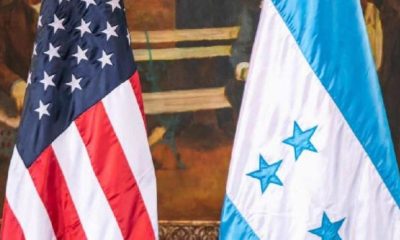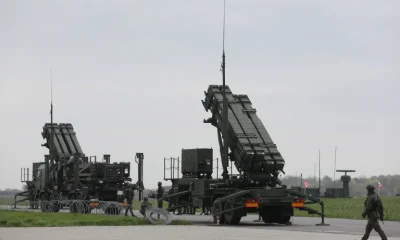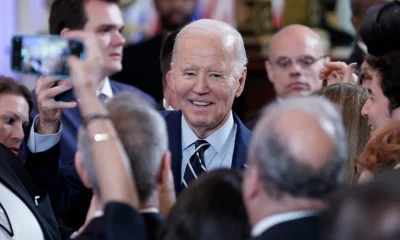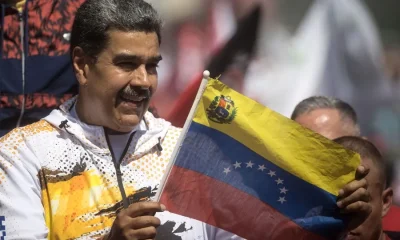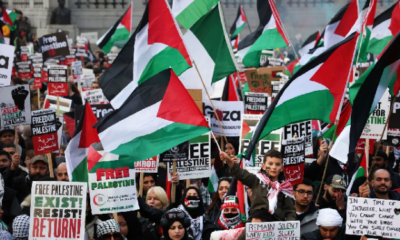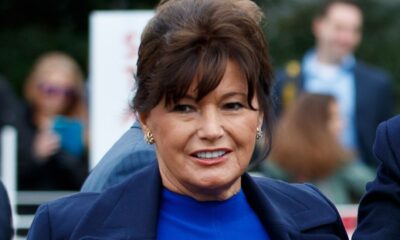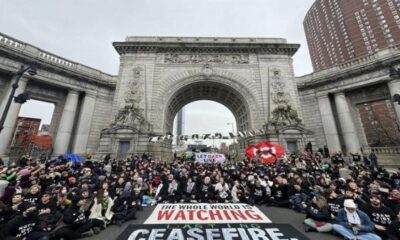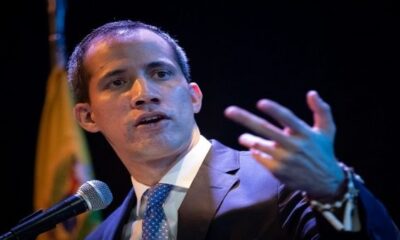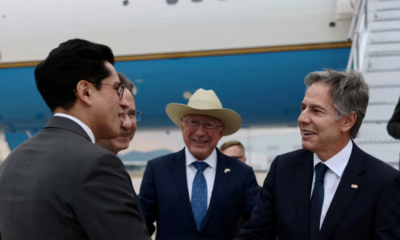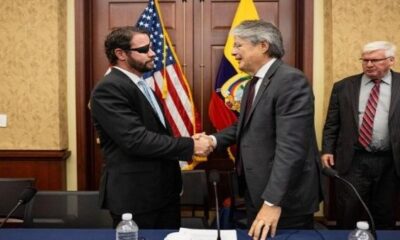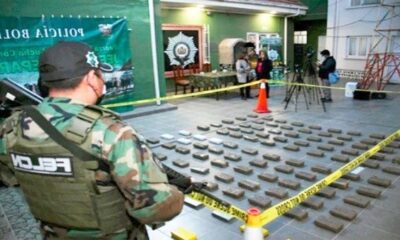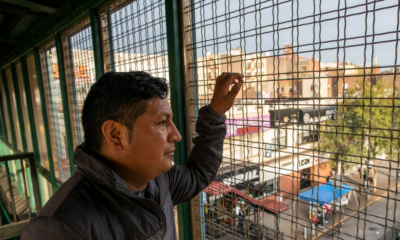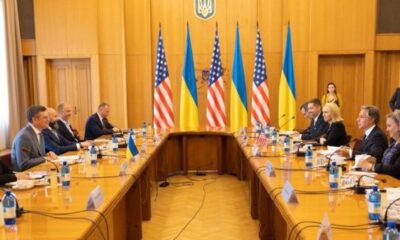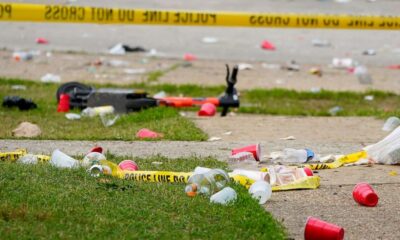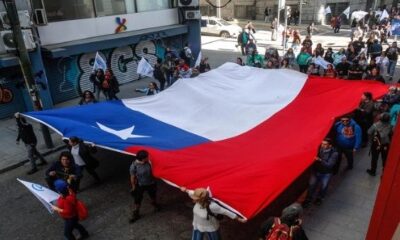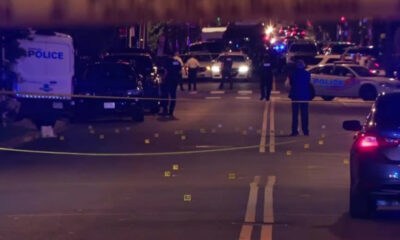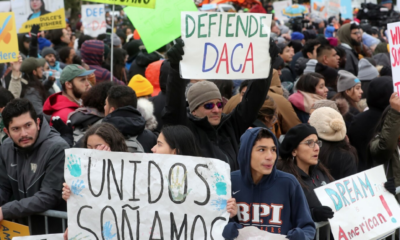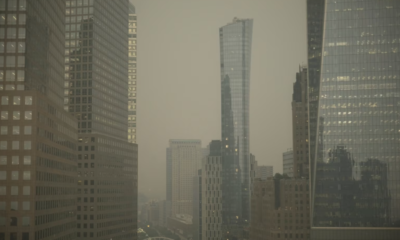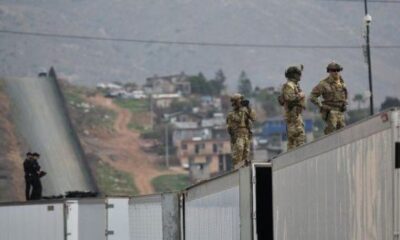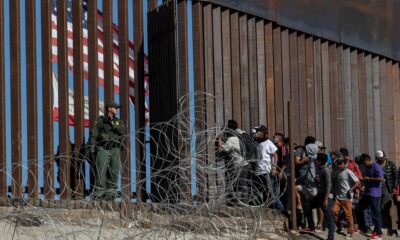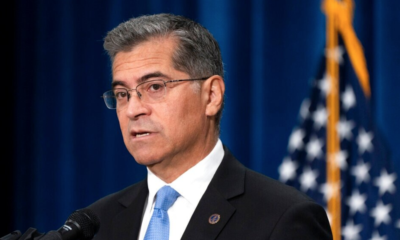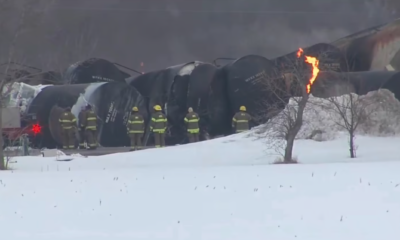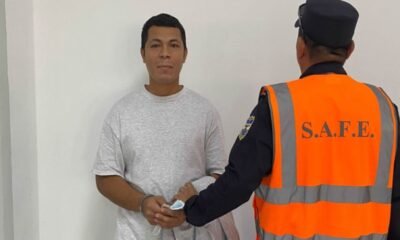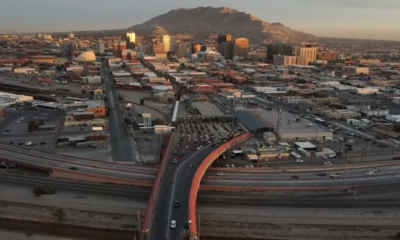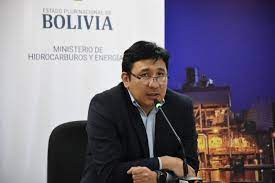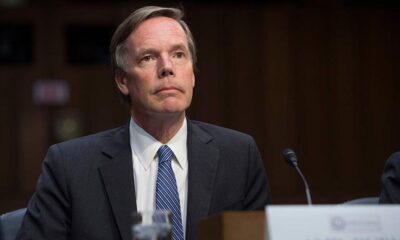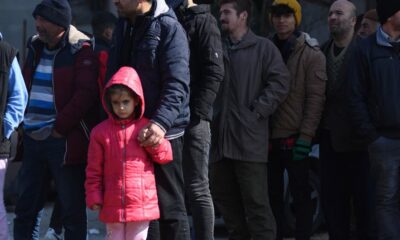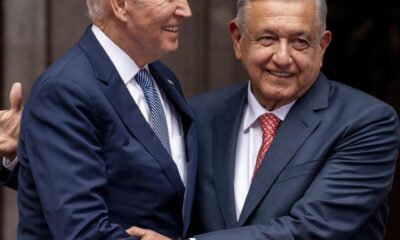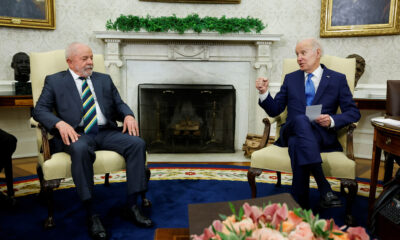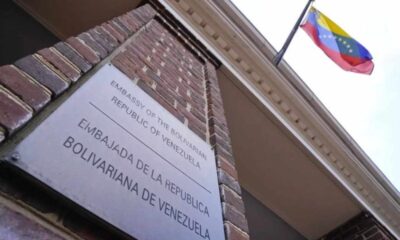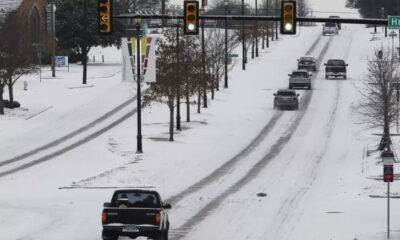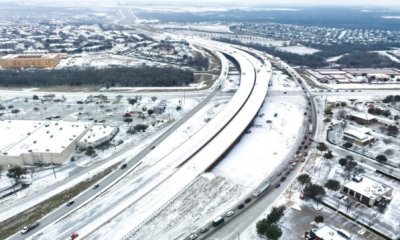International
‘Blizzard of the century’ leaves nearly 50 dead across US
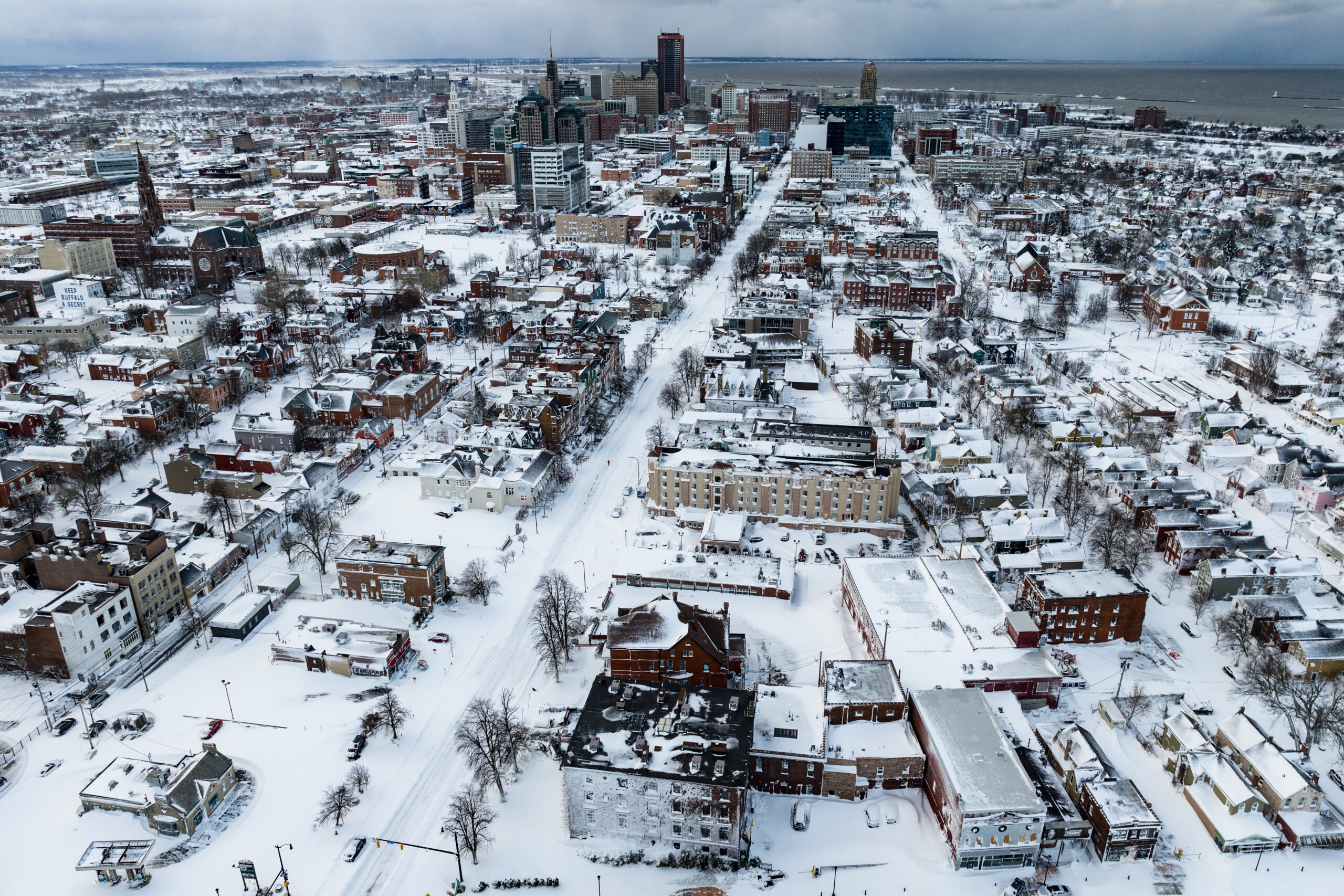
| By AFP | Joed Viera |
Temperatures were expected to moderate across the eastern and midwest United States on Tuesday, after days of freezing weather from “the blizzard of the century” left at least 49 dead and caused Christmas travel chaos.
Blizzard conditions persisted in parts of the northeastern US, the stubborn remnants of a sprawl of extreme weather that gripped the country over several days, causing widespread power outages, travel delays and deaths in nine states, according to official figures.
In New York state, authorities described ferocious conditions, particularly in Buffalo, with hours-long whiteouts, bodies being discovered in vehicles and under snow banks, and emergency personnel going “car to car” searching for survivors.
The perfect storm of fierce snow squalls, howling wind and sub-zero temperatures forced the cancelation of more than 15,000 US flights in recent days, including nearly 4,000 on Monday, according to tracking site Flightaware.com.
Buffalo — a city in Erie County that is no stranger to foul winter weather — is the epicenter of the crisis, buried under staggering amounts of snow.
“Certainly it is the blizzard of the century,” New York Governor Kathy Hochul told reporters, adding it was “way too early to say this is at its completion.”
Hochul said some western New York towns got walloped with “30 to 40 inches (0.75 to one meter) of snow overnight.”
Later Monday, Hochul spoke with President Joe Biden, who offered “the full force of the federal government” to support New York state, and said he and First Lady Jill Biden were praying for those who lost loved ones in the storm, according to a White House statement.
Biden also approved an emergency declaration for the state, the White House said.
The National Weather Service forecast up to 14 more inches of snow Monday, in addition to the several feet that had already left the city buried, with officials struggling to get emergency services back online.
“Temperatures are expected to moderate across the Midwest and the East over the next few days ahead of this system,” the NWS said in its latest advisory early on Tuesday, but warned that “locally hazardous travel conditions” would persist.
Erie County executive Mark Poloncarz tweeted Monday afternoon that the blizzard-related death toll had climbed to 27 across the county, including 14 people who were found outside and three who were discovered in a car.
Speaking at a press conference earlier in the day, Poloncarz said Erie’s death toll would likely surpass that of Buffalo’s infamous blizzard of 1977, when nearly 30 people died.
With more snow forecast and most of Buffalo “impassable,” he joined Hochul in warning residents to bunker down and stay in place.
‘Gut-wrenching’
National Guard members and other teams have rescued hundreds of people from snow-covered cars and homes without electricity, but authorities have said more people remain trapped.
Erie County Sheriff John Garcia called the storm “the worst” he has ever seen, with periods of zero visibility and authorities unable to respond to emergency calls.
“It was gut-wrenching when you’re getting calls where families are with their kids and they’re saying they’re freezing,” he told CNN.
Hochul, a native of Buffalo, said she was stunned by what she saw during a reconnaissance tour of the city.
“It is (like) going to a war zone, and the vehicles along the sides of the roads are shocking,” Hochul said, describing eight-foot (2.4-meter) drifts against homes as well as snowplows and rescue vehicles “buried” in snow.
The extreme weather sent temperatures to below freezing in all 48 contiguous US states over the weekend, including in Texas communities along the Mexico border where some newly arriving migrants have struggled to find shelter.
Sweeping power outages
At one point on Saturday, nearly 1.7 million customers were without electricity in the biting cold, according to tracker poweroutage.us.
That number has dropped substantially, although there were still around 50,000 without power mid-day Monday on the US east coast.
Due to frozen electric substations, some Erie County residents were not expected to regain power until Tuesday, with one substation reportedly buried under 18 feet of snow, a senior county official said.
Buffalo’s international airport remains closed until Tuesday and a driving ban remained in effect for the city and much of Erie County.
Road ice and whiteout conditions also led to the temporary closure of some of the nation’s busiest transport routes, including part of the cross-country Interstate 70 highway.
Drivers were being warned not to take to the roads — even as the nation reached what is usually its busiest time of year for travel.
International
Rubio rules out 2028 presidential bid if Vance runs
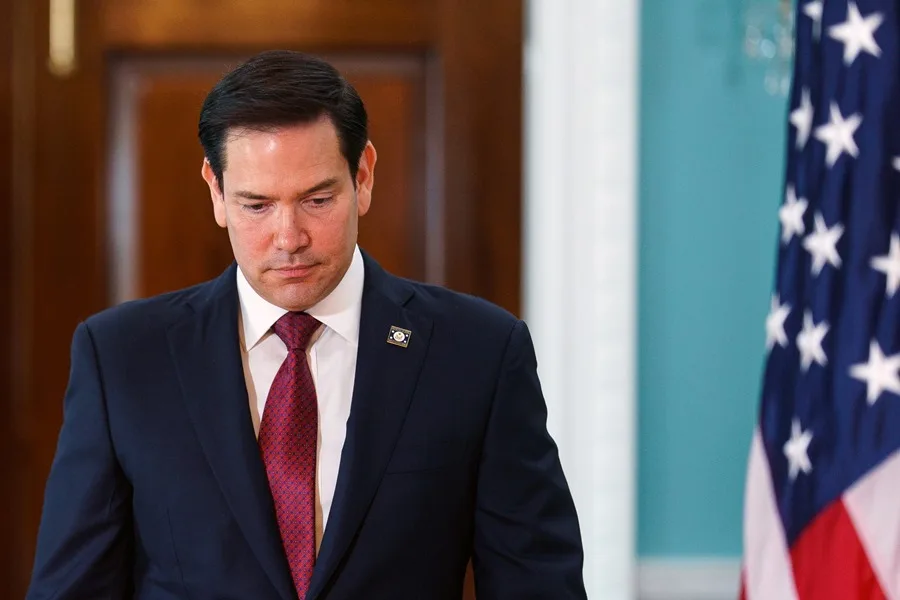
U.S. Secretary of State Marco Rubio said he would not seek the presidency in 2028 if current Vice President JD Vancedecides to run as the Republican nominee to succeed President Donald Trump.
“If JD Vance runs for president, he will be our candidate, and I will be one of the first people to support him,” Rubio said in an interview with Vanity Fair, in which he appeared alongside other senior members of the presidential cabinet.
Rubio, 54, and Vance, 41, are widely viewed as two of the leading Republican figures who could headline the party’s ticket in the 2028 election. Under the U.S. Constitution, Trump is barred from seeking another term after completing two presidential mandates.
In a lighthearted moment during the interview, Vance jokingly offered photographers $1,000 if they managed to make him look better than Rubio in the photos. Both leaders have received public backing from Trump, who last October floated the idea of a joint ticket featuring Rubio and Vance, without clarifying who would lead it.
“I think that if they ever teamed up, they would be unstoppable. I don’t think anyone would run against us,” Trump said at the time.
White House Chief of Staff Susie Wiles, who also took part in the interview, confirmed that Trump does not intend to violate the 22nd Amendment, which prohibits a third presidential term, though she acknowledged that the president is “having fun” with speculation about a possible return to office.
Rubio, the son of Cuban immigrants, served as a Republican senator from 2010 to 2025. He sought the party’s presidential nomination in 2016 but was defeated by Trump after a bruising primary contest. His name was floated as a potential vice presidential pick in 2024, but Vance ultimately secured the spot. After taking office, Trump appointed Rubio as secretary of state, making him the first Latino to hold the position.
International
Authorities search for armed and dangerous suspect in fatal Brown University attack
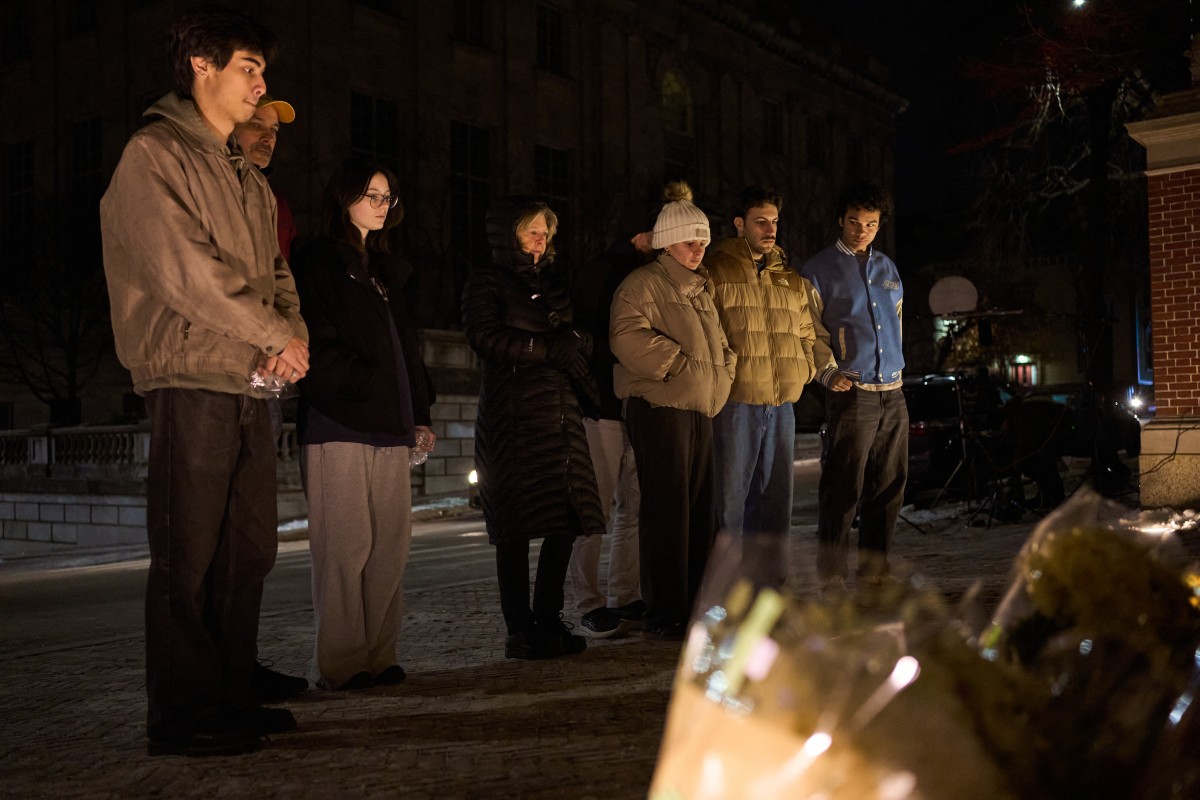
According to the statement, investigators are “seeking the public’s help to identify and speak with an individual” who was seen “near” the suspect at the time of the attack.
The Providence Police Department in Rhode Island released three photos of the person of interest, whose face has been blurred. In the images, the individual is wearing navy blue clothing, what appears to be a green hood, and carrying a light-colored backpack.
Earlier, authorities had released several photos and videos of a suspect described as “approximately 5 feet 8 inches tall, with a stocky build,” dressed in dark clothing, with their face covered by a surgical mask and wearing a beanie. The suspect’s identity remains unknown.
Authorities are offering a $50,000 reward for any information leading to the identification, arrest, and conviction of the person responsible for the killings, who is considered armed and dangerous.
The gunman opened fire on Saturday at Brown University’s engineering and physics building, where exams were being held, killing students Ella Cook and Mukhammad Aziz Umurzokov. The names of the nine people injured have not been released.
International
Police investigate deaths of Rob Reiner and wife as apparent homicide
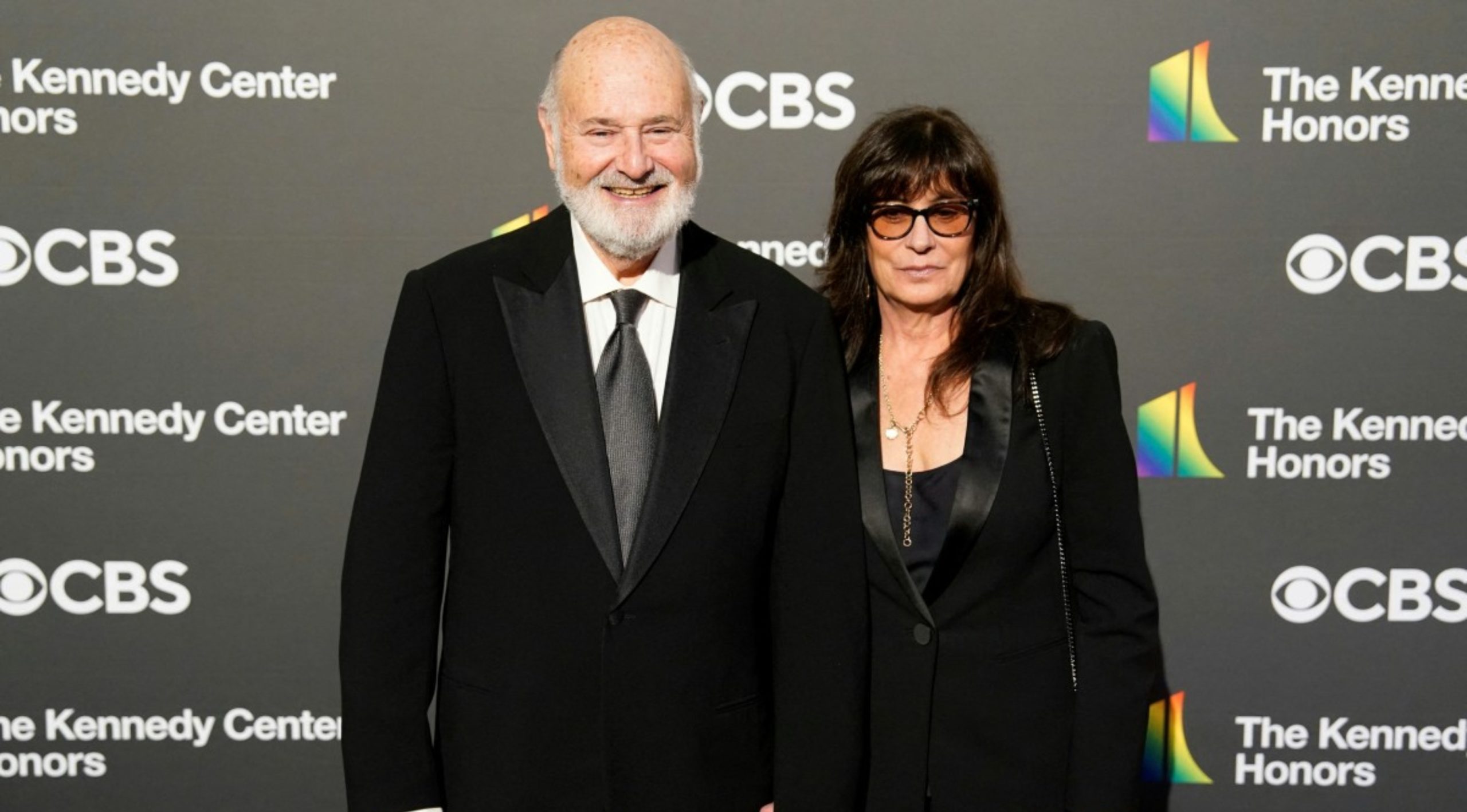
The Los Angeles Police Department (LAPD) is investigating the deaths of Hollywood actor and filmmaker Rob Reinerand his wife as an “apparent homicide,” amid a wave of tributes to the director of classics such as When Harry Met Sally.
According to U.S. media reports on Sunday, Rob Reiner and Michele Singer Reiner were found dead at their Los Angeles mansion with what appeared to be stab wounds.
Several political figures shared messages of condolence following the reported deaths of the director of A Few Good Menand his wife.
While the LAPD did not officially confirm the identities of the victims, it stated that homicide detectives were dispatched to the Reiner residence.
“At this time, no additional details are available and the investigation into an apparent homicide is ongoing,” the Los Angeles Police Department said in a statement posted on social media.
LAPD Deputy Chief Alan Hamilton told reporters that no arrests have been made and that no individuals are currently being questioned as suspects.
“I’m not going to confirm whether anyone is being questioned at this moment or not. We are going to try to speak with as many family members as we can,” Hamilton said.
CNN reported that a family spokesperson confirmed the deaths of Reiner and his wife.
California Governor Gavin Newsom, former U.S. President Barack Obama, and former Vice President Kamala Harrisissued statements expressing their condolences.
-
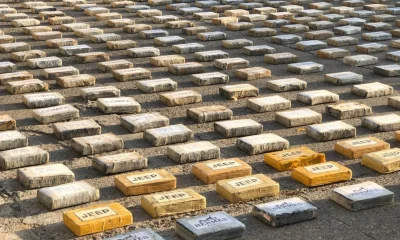
 Central America4 days ago
Central America4 days agoPanama seizes over three tons of drugs hidden in Caribbean port container
-

 International4 days ago
International4 days agoPolice investigate deaths of Rob Reiner and wife as apparent homicide
-

 Central America4 days ago
Central America4 days agoOAS urges swift recount in Honduras as election results remain uncertain
-
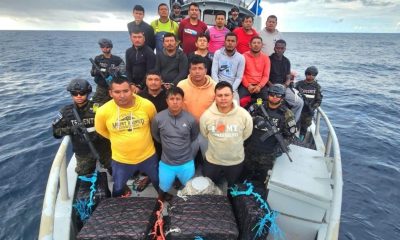
 Central America2 days ago
Central America2 days agoEl Salvador ranks among top countries in the Americas in fight against organized crime
-
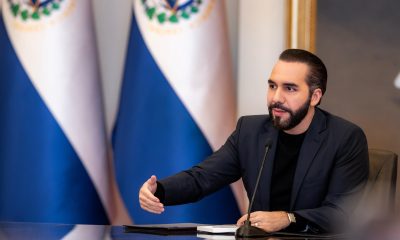
 Central America2 days ago
Central America2 days agoBukele says AI partnership with xAI will transform public education in El Salvador
-
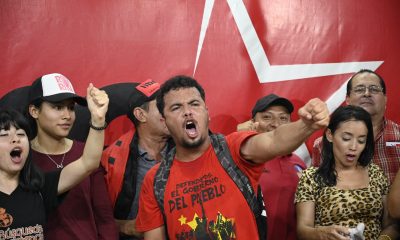
 Central America1 day ago
Central America1 day agoArrests and clashes in Tegucigalpa as vote count continues after Honduras election
-
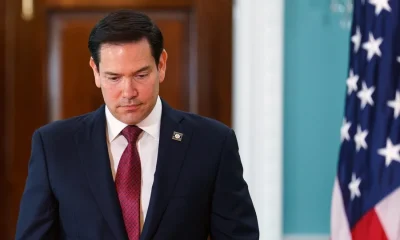
 International1 day ago
International1 day agoRubio rules out 2028 presidential bid if Vance runs
-
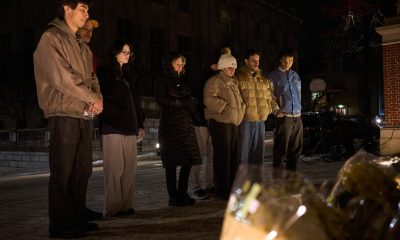
 International1 day ago
International1 day agoAuthorities search for armed and dangerous suspect in fatal Brown University attack

























